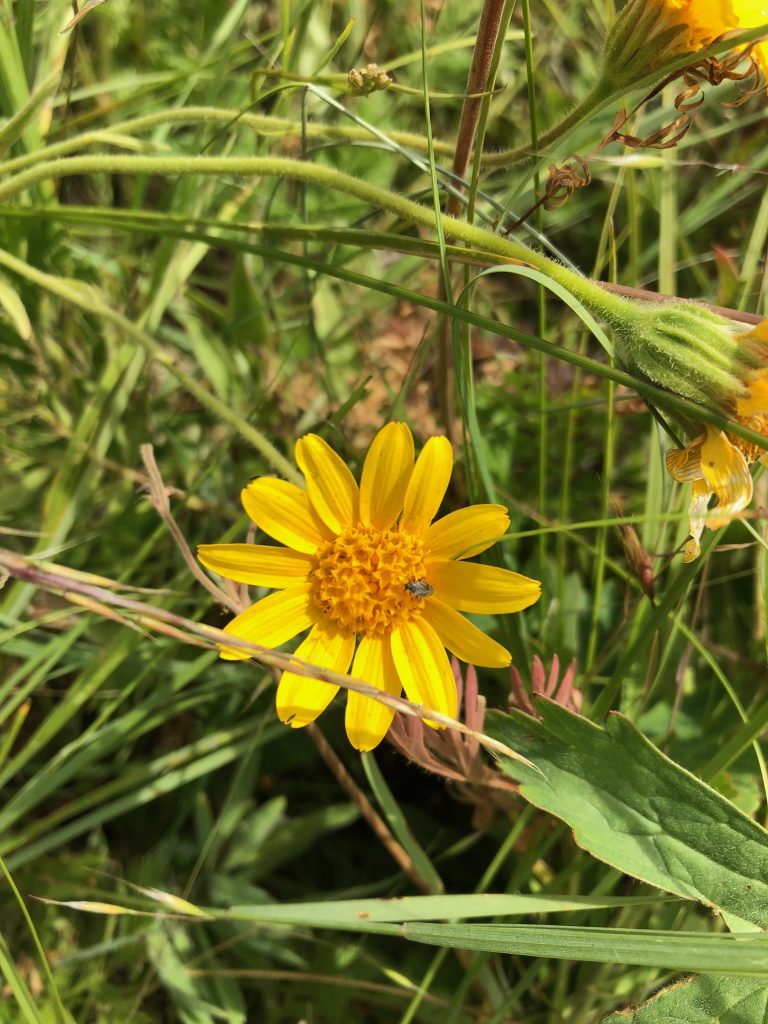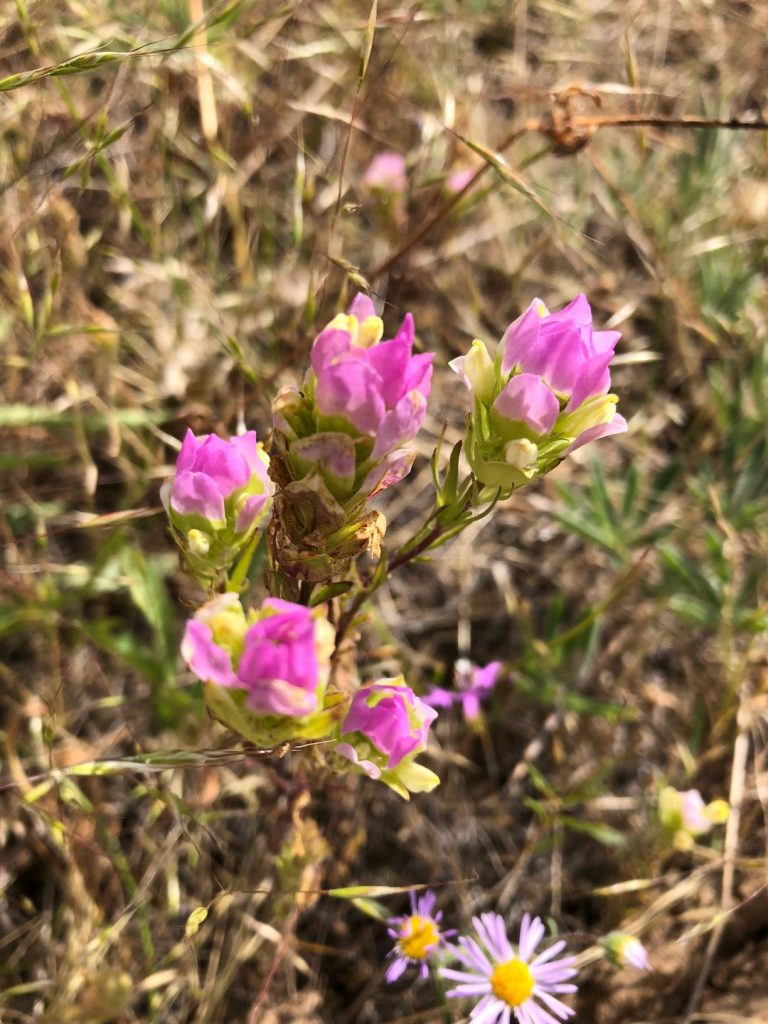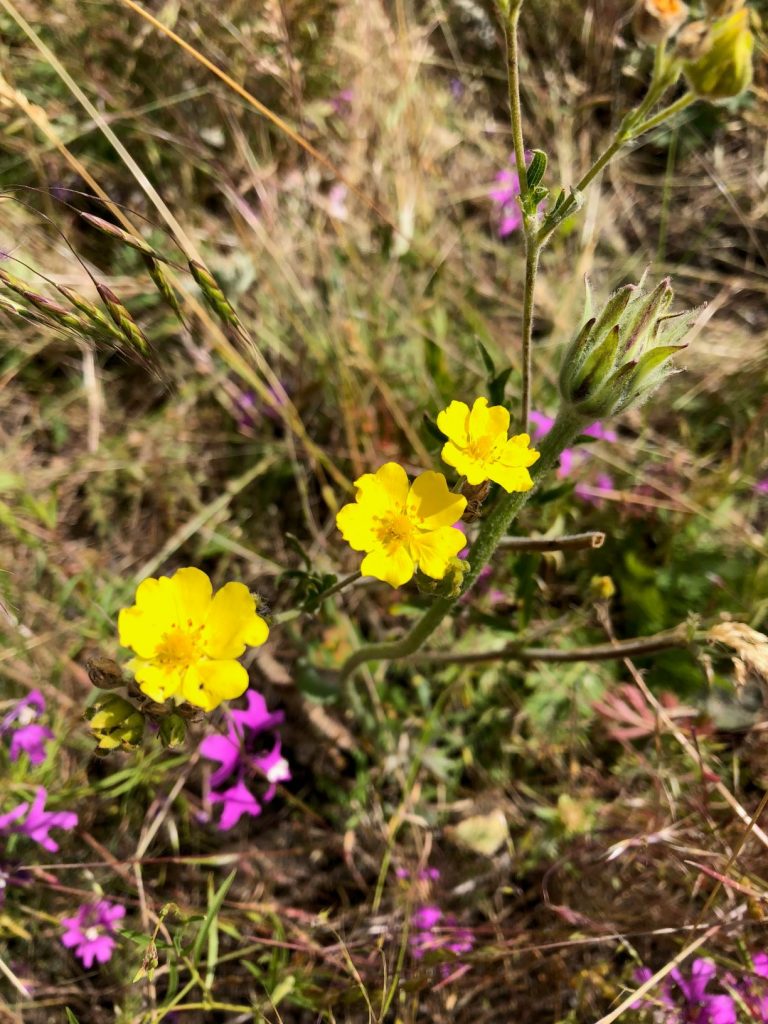
This past week was spent between Hermiston and my own house in Union. Dr. DeBano, Katie, and Scott all traveled down to Davis, California for a conference, while James and I stayed at the lab in Hermiston. I worked on pinning more bees until Wednesday as James worked on prepping for the next field week. I then went home with a binder full of data sheets that need to be checked, and eventually met up with Kaylee, a fellow BES intern, at the library to work on spreadsheets.
Admittedly, the hardest part about this whole internship is being away from my boyfriend and pets for most of the week. I previously worked as a FF/EMT for a few years, so while I’m no stranger to being away, I do get home sick. Additionally, I recently moved to a century farm in Union, and I found out one of my pet chickens passed away while I was last on the Zumwalt. Since my personal life has felt a little hectic, I was relieved when Dr. DeBano said I could do data entry from home. I’m happy to say I feel recharged and I’m eager to spend the next two weeks out in the field.

As far as pinning bees goes, I feel like I’ve improved quite a bit. I still struggle with the extremely small bees, but I’m getting there. Dr. DeBano checks in with me one on one at least once a week while I’m in Hermiston. This week she and I watched a few tutorial videos (thanks Youtube!) on pinning bees. I slowed down even more with the little bees and tried to really steady my hands. Hopefully, my shift in technique showed. It’s important to keep the specimens uniform for identification and presentation. Regardless of the destination, you should want your specimens to be museum quality. Plus, if you just glue a wing to the pin it could easily fall off. The whole process actually feels pretty Zen once I get into a rhythm too. I’ve decided to approach quality control and data sheets with the same mindset as pinning. While the work can get momentous, it is important and once I get situated I can work at it for hours.
Scott, Kaylee, and I will be going out to the Zumwalt for the next two weeks to work on soil sampling. I know next to nothing about soil, so I’m actually pretty excited to get some hands on experience. It will also be nice to break up the routine of hand netting one week and pinning the next. When I’m back in the lab in August I hope to get quality photos of some of the most common bees, and some of the pesky flies that look so similar, that I’ve been pinning and create a similar post to the plant identification.
As promised, here’s a few more common plants found on the Zumwalt Prairie:








This was a great entry! Thanks for sharing how the experience has been for you personally. I’m glad you’re back at it and able to “break up the routine” and learn new things!